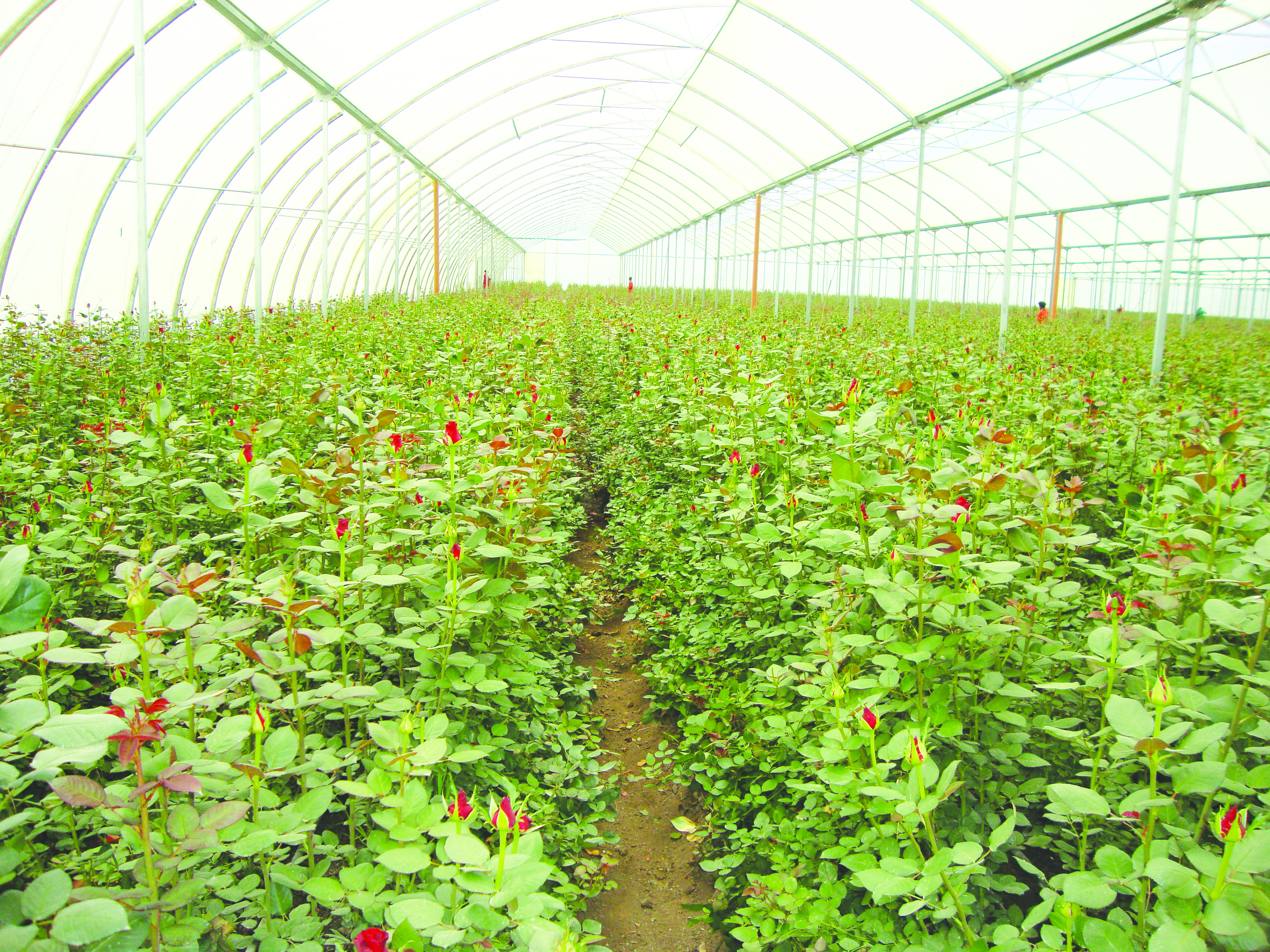
When it comes to cut flowers, keeping them fresh and vibrant isn’t just about placing them in a vase of water; it’s about ensuring they’re getting the right kind of water. The quality of water used in floral arrangements plays a critical role in maintaining flower freshness and extending vase life.
In fact, the water that fills a vase or bucket directly impacts how long those flowers stay beautiful.
Why Water Quality Matters for Flowers
Fresh-cut flowers rely on a steady intake of water to keep their petals and stems hydrated. Flowers that don’t absorb enough water can wither before their time, often because the water available isn’t meeting their needs. Water stress happens when flowers lose more moisture through their leaves and blooms than they can absorb, causing them to fade faster. Factors like bacteria, air blockages, and especially water quality—pH, hardness, alkalinity, and total dissolved solids (TDS)—can influence water absorption.
Key Water Quality Factors for Flowers
pH
For optimal flower hydration, water with a pH between 3.5 and 5 is ideal. At this range, flowers can absorb water more easily, preventing premature wilting. Acidic solutions not only help with water absorption but also reduce bacterial growth, which can clog stems and block water uptake. Flower foods are designed to help maintain this pH level, creating an environment where blooms can thrive.
Alkalinity
Measured in ppm (parts per million), alkalinity indicates the level of calcium carbonate in the water. Levels between 60 and 180 ppm make it easier to buffer water to the optimal pH range, while higher levels may require additional treatment.
Hardness
Water hardness, primarily due to calcium and magnesium, affects buffering capacity. Hard water is more difficult to balance and, over time, can impact the water’s ability to hydrate flowers. While water softeners are not recommended, deionization or reverse osmosis treatments can help manage high hardness levels.

Total Dissolved Solids (TDS)
High levels of dissolved salts and other organic matter can harm flowers, leading to decreased lifespan. High TDS levels, particularly salts like fluoride, can cause damage to flower petals and foliage.
What You Can Do to Ensure Optimal Water Quality
The best way to understand your water’s quality is through a professional water analysis. Once you know what’s in your water, you can decide on any necessary treatments or adjustments. Fortunately, in most areas, commercial flower hydration solutions and flower foods are designed to optimize water conditions without additional adjustments. Regular water testing can give you peace of mind, ensuring your flowers look fresh and beautiful for as long as possible.
Let’s Keep Those Flowers Blooming!
To keep your floral arrangements looking their best, make sure they’re getting the water quality they deserve. With a bit of attention to water pH, alkalinity, hardness, and dissolved solids, you can maximize the vase life of your blooms, providing your customers with the best in floral beauty.
For specific concerns or water treatment advice, consider consulting FloraLife experts at floralife.com or via email at info@floralife.com.
